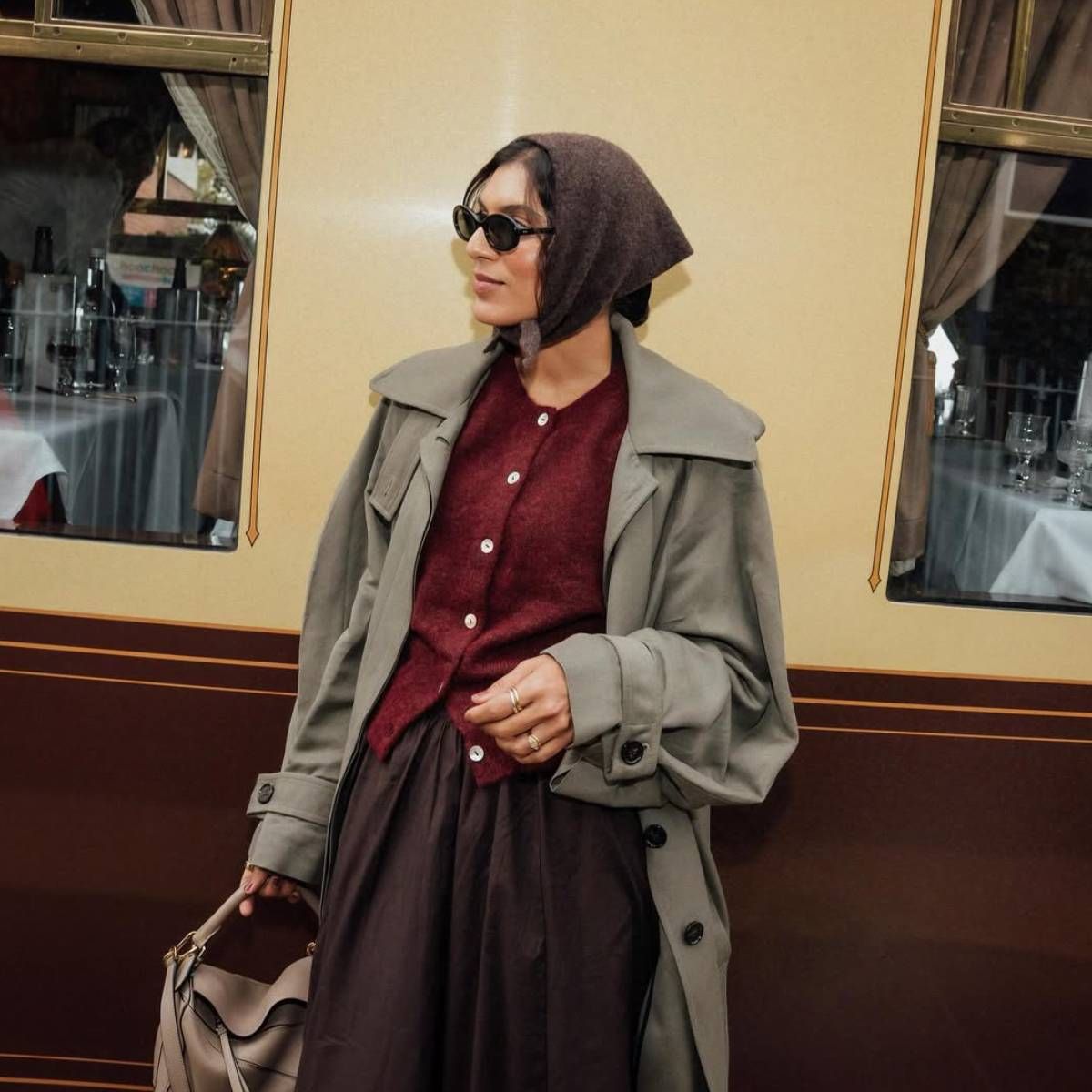Sports
Los Angeles Olympics make a preposterous promise: ‘No-car Games’ in 2028
PARIS — Preposterous promises are a time-honored Olympic tradition, but still, on the eve of the handover from Paris 2024 to Los Angeles 2028, when Los Angeles mayor Karen Bass made hers, heads spun and eyes bulged.
LA28, Bass said, would be “a no-car Games.”
“You will have to take public transportation to get to all of the venues,” she proclaimed.
To which millions of Angelenos responded: What public transportation?
Bass was speaking on the penultimate day of the 2024 Games here in Paris. She and LA28 chair Casey Wasserman sat onstage at a convention center surrounded, in a two-block radius, by a subway station, a regional rail station, a tram stop and several bus stops, in addition to a bus hub operating specifically for accredited Olympics personnel. Public transport made these Games some of the most accessible in recent history. Most fans and participants used Paris’ modern, frequently-running, vast Metro system and “RER” commuter lines to travel to and from venues — if they couldn’t simply walk, which many could.
Southern California, on the other hand, is sprawling. Los Angeles and its neighbors regularly appear on lists of the major U.S. cities least connected by public transport — if the public transport system is even robust enough to qualify for those “worst of” lists at all.
LA, instead, is notorious for its traffic. Bass acknowledged this. “We’ve always been in love with our cars,” she said.
And the 2028 Olympics, far more so than Paris 2024, will spread across the entire LA metropolitan area. Gymnastics will be at the downtown arena formerly known as Staples Center. Swimming will be at SoFi Stadium south of the city, in Inglewood. Track and field will be at the Coliseum in Exposition Park. Handball and several water sports will be at four separate sites in Long Beach. Fencing, table tennis and some combat sports will be at the downtown LA Convention Center. Equestrian will be in Temecula. Golf will be at Riviera Country Club. Badminton will be at the University of South California. Tennis, rugby, track cycling and field hockey will be in Carson.
How the heck will locals, tourists, sports officials, media members and so on get to all of those venues if not by car?
“We have been building out our transportation system,” Bass said. But she knows it will be insufficient. She said Olympic organizers would borrow over 3,000 buses “from all around the country” and essentially create the most comprehensive shuttle system in Olympic history.
Buses, if they replace dozens of individual cars, can cut down on both greenhouse gas emissions and traffic. But they can still get stuck in already-existing traffic. And even in non-Olympic times, LA’s roads and freeways often crawl to standstills. If the Olympics bring even more congestion, it could mar the Games.
Bass responded to this concern with a brief history lesson and some speculative planning.
“In 1984,” she said, citing LA’s last Olympics experience, “Angelenos were terrified that we were gonna have terrible, terrible traffic. And we were shocked that we didn’t.”
“And in 1984,” she continued, “we didn’t have any of the technology that we do today.”
She suggested that, when and where possible, Southern Californians would be asked to work remotely during the Games, as Parisians were this summer, and as Qataris were during the 2022 World Cup. This has become standard practice for mega-event host cities. Bass noted that in 1984, then-mayor Tom Bradley asked businesses to stagger their working hours to reduce commuter traffic. And four decades later, she noted, working from home is far more feasible and productive than it was back then.
“Part of having a no-car Olympics is getting people not to drive,” Bass said. “But also using public transportation to get to the Games.”
Skepticism will trail both parts of that plan, though. American sports venues in general, and Southern Californian ones especially, were mostly planned without public transport (or on-foot accessibility) as a priority. Tens of thousands of U.S. sports fans drive or Uber to games every day.
This, therefore, feels like a grand plan destined for complications, and perhaps the latest Olympic promise left unfulfilled.
Beijing 2008 said that the Olympics would improve human rights and open up China to the world.
London 2012 said its Olympic Village and surrounding area would mostly become affordable housing; instead, the real estate was sold to a development arm of the Qatari royal family, at a $300 million-plus loss to taxpayers.
Rio 2016 said its venues wouldn’t become white elephants, which of course they did.
Tokyo 2020 said its summer heat wouldn’t be suffocating, which of course it was.
Paris 2024 was perhaps the boldest yet, and in many ways, organizers pulled it off. They staged an Opening Ceremony on the River Seine. They hosted a wonderful Games that reignited the Olympic movement. But, of course, they also promised to clean up the polluted river; it will be safe for swimmers and triathletes to compete in it, they said. And of course, it often wasn’t.
This is how the “no-car Games” sound to anyone who has ever experienced Los Angeles.










